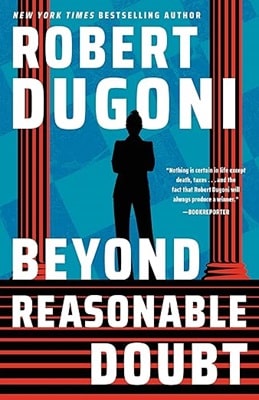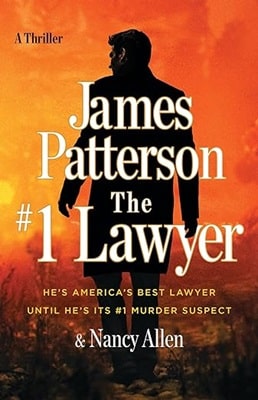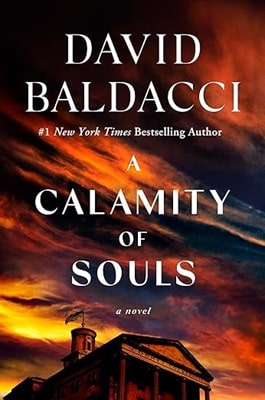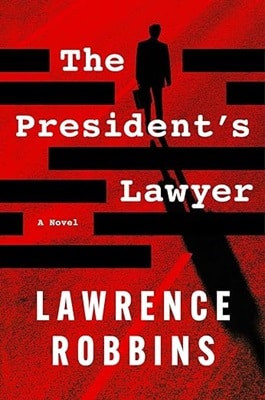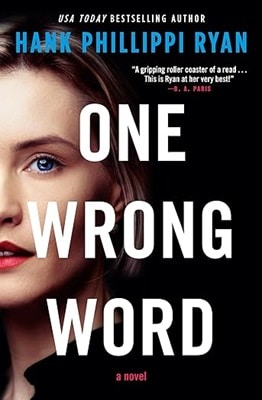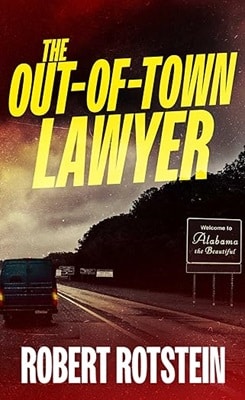
Feature
Elements of a Legal Thriller
K.A. Perry
Reading a good legal thriller gives the same feeling I had as a child listening to my father’s storytelling. We’re left on the edge of our seats, waiting, engaged, and enthralled. Below are the six elements needed, and next time you read a legal thriller, look for these elements. The best authors write thrillers that weave in these elements, and give us a novel we love.
Respect for the Protagonist
Typically the main character is ethically grounded; and as the reader we respect that. Often the main character is a prosecutor, dragged into dangerous circumstances, such as Rusty Sabich in Scott Turow’s Presumed Innocent. But even more frequent than the prosecutor, defense attorneys are popular modern day main characters. Readers cannot get enough of Michael Connelly’s entertaining Harry Bosch, who practices out of a Cadillac in Los Angeles. And John Grisham’s Jake Brigace, who was the defense attorney in his first novel, A Time to Kill, still reappears in subsequent novels. Some characters, such as Scott Pratt’s Joe Dillard, even work both sides of the justice system, and have been both a prosecutor and a criminal defense attorney.
But often the protagonist is an attorney who is not part of the criminal justice system, but is rather working in private practice, trying to find civil justice. Lisa Scottoline writes a series called Rosato & Associates, and each novel involves a different main character in a firm run by Benedetta Rosato. Often a client has been wronged, and the attorney seeks justice on behalf of their client, while getting caught up in some sort of nefarious web of events.
Fogginess
Not literally fog. Metaphorical. Around the storyline and the characters. Fogginess may be created by switching back and forth between character’s perspectives, at which James Paterson is a mastermind. Or the fogginess is created by a twisted timeline, or the circumstance of blurred lines and ethics. For example, William Landay creates what I would call ethical fogginess in his best-selling Defending Jacob, by having a prosecutorial main character whose own son is arrested for murder. Strong writers create a fogginess that keeps us reading to trigger our natural curiosity which drives us towards seeking clarity.
The Legal Twist
The legal thriller may or may not have an actual courtroom scene, but often has some sort of legal twist. For example, in the movie, My Cousin Vinny, the art of cross examination, the concept of voir dire, and the unreliability of bystander witnesses are all woven into the story. Legal concepts such as these, or others such as double jeopardy, or whether a piece of evidence is inadmissible because it was obtained illegally, might drive the storyline. Sometimes the legal twist is as simple as a ruling on what documents may be discovered in a civil case, or as twisted as tampering with a jury or the judge. My Sister’s Grave, by Robert Dugoni’s is a good example of strong courtroom scenes that are so very suspenseful and to the story’s outcome. Whatever the legal twist raised, it is a critical element in a great legal thriller.
Suspense Builds and Pace Quickens
It’s never a simple straight storyline in a good legal thriller. Rather it’s like a ringed out rag, or a strand of DNA, full of circular twists and turns. As a great legal thriller progresses, the protagonist has more on the line, more at risk with each page we turn. Blackmail, kidnapping, financial fraud, murders, or other additional crimes are added ingredients in a storyline already near the boiling point. All of these elements complicate the story, quicken the pace and add suspense.
Justice Prevails
It is the reader’s search for justice, for truth, for the “right” to prevail that is one the critical components that keeps us turning the pages. Whatever role the protagonist has, they are acting on behalf of justice. They are preventing a wrong from occurring, or they are undoing a wrong, like someone wrongly accused or convicted of a crime. But justice doesn’t always happen in the courtroom. Victor Methos’ thriller, The Neon Lawyer, involves the main character defending a woman who allegedly murdered the man who killed her six-year-old child. Is vigilante justice, as opposed to letting the justice system play out, acceptable justice? Often what constitutes justice is up for discussion, or a theme driving the novel.
A Loveable Ending
What if Mitch McDeere hadn’t had gotten away with the money at the end of John Grisham’s first bestseller, The Firm? What if the bad guys ended up in jail and Mitch McDeere went back to private practice, working long hours, caught in the rat race of life. Would we have been so in love as a culture with the young John Grisham’s writing? He monopolizes the bestselling list of legal thrillers, and part of that is, he knows how to give us the happy ever after ending, the ending that leaves us with hope.
So, the next legal thriller you read, as you are turning the pages late into the night, maybe stop and think about these elements. Are they in the novel? And if you haven’t tried any of the authors I mentioned yet, give them a try. I included only the best.
About the Author
K.A. Perry is an environmental attorney and author. Jon Land, the bestselling author of the Murder She Wrote Series, has declared K.A. Perry, “a northern version of the great Carl Hiassen,” and her first novel The Green Beach File, “an environmental thriller extraordinaire.”


